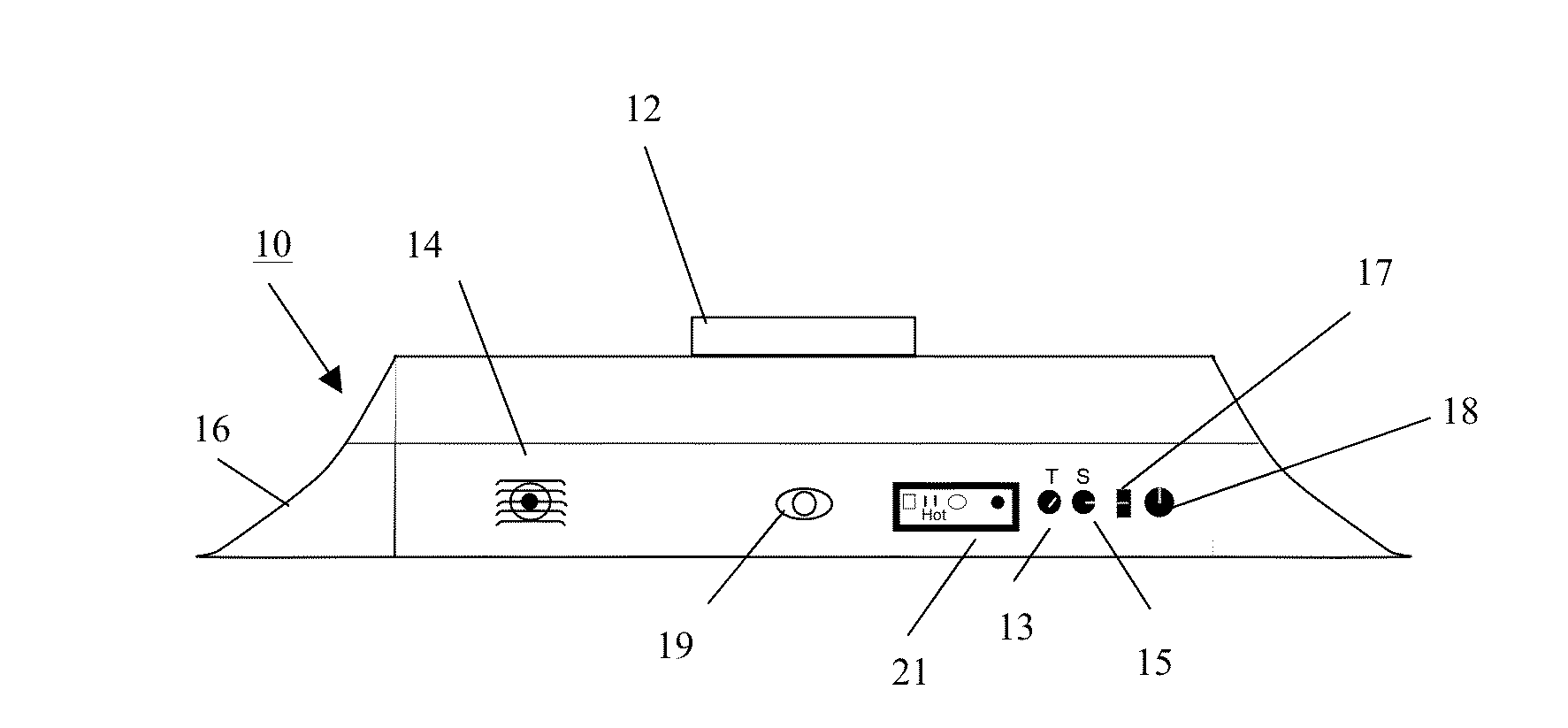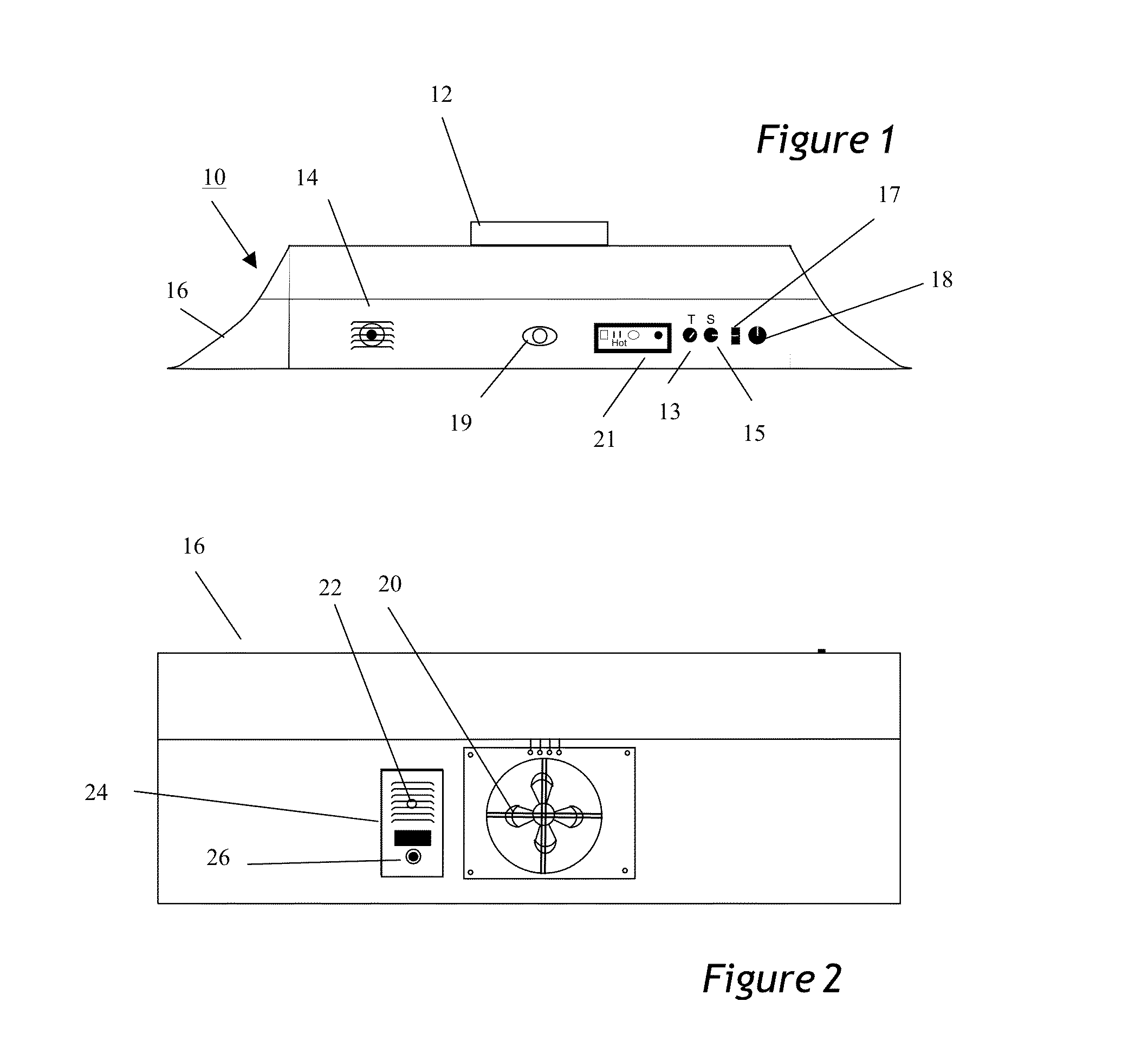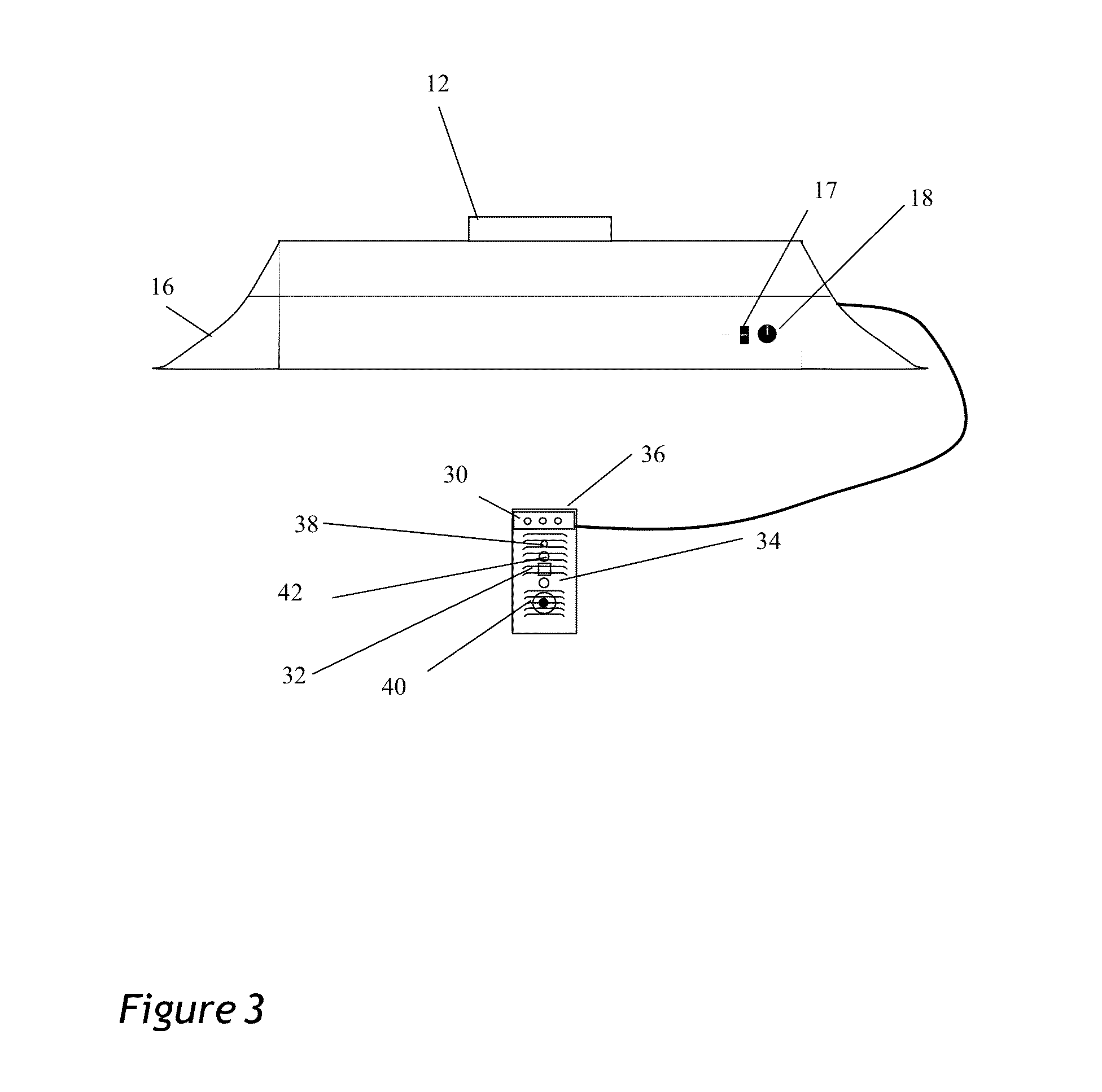This type of construction has given rise to the concern that ventilation may be inadequate, in light of the need for a continuous supply of
fresh air and concerns about volatile byproducts of manufacturing of synthetic items.
Excess heat and
humidity in an enclosed structure can also be quite destructive to the structure itself, leading to problems
ranging from
mildew, to
insulation failure, to deterioration of the actual structure itself through attraction of insects and rot.
In the case of electric stoves, there are also harmful effluents emitted as the results of the
cooking process.
While equipment malfunctions, such as cracked heat exchangers played a role, a key factor in all of these injuries and deaths was inadequate ventilation.
Low-level cases are more difficult to track, since the symptoms are similar to
common cold or flu, but are likely to have a much higher occurrence.
Thus, considering the
impact of lost work days and reduced activity due to illness for low-level
exposure, and the injury and death resulting from high level
exposure, the cost to society of inadequate ventilation in conjunction with
combustion appliances is substantial.
However, many are not and even those that are generally use a range hood with a fan that must be switched on manually.
Many people do not turn these venting fans on unless there is detectable
smoke or
odor or if the kitchen becomes excessively hot.
In other words, kitchens are often inadequately ventilated to a degree that may be a health and safety concern.
Carbon monoxide, being colorless and odorless is undetectable without some sort of sensing device.
In any case, while the alarms are useful for notifying building occupants of the
hazard, they do nothing beyond this to ameliorate the situation.
Experts say that American households in general and kitchens in particular are seriously under-ventilated.
They don't like the
noise, or the fact that the hoods use extra power and remove conditioned air from the house.
When they do use them, they often leave the room and forget to turn them off, which can waste a good deal of additional energy both from the fan itself and the loss of heated or cooled air.
While these and other devices represent improvements in the art of ventilating heat and fumes generated by cooking, they either do not adequately address the health and safety concerns described above, or they lack the sophistication that will allow them to fit seamlessly into a modern household without being disruptive.
One reason that automatic range hood controls have not yet been popularized is because designing one that works effectively is difficult.
This is exacerbated by the fact that once the fan is running, it is difficult to tell what is happening below.
This makes it particularly problematic to determine when it is time to turn the fan off.
Conventional approaches might tend towards a
timer-based approach (open loop), which essentially guesses how long the cooking episode will last, and thus runs the risk of either terminating ventilation prematurely, leading to the possibility of
spillage of smoke or fumes, or running too long, on the other hand, thereby
wasting energy.
This could lead to a lot of rapid up and down
cycling of the fan during the
cooking process that, since it is in the kitchen, a place where people often assemble, could be considered objectionable on account of the rapidly changing
noise level.
Understanding this shows why a simple temperature set level control like the type used on a furnace, even with
hysteresis built in will not be sufficient.
The problem of knowing when to automatically turn a ventilation hood on and off is sometimes addressed by means of a direct
electrical connection between the stove and hood, or the use of some external device that could be attached to the stove to determine whether or not gas or
electricity is flowing, or even an AC
coupling scheme that transmits signals through household wiring.
This however, has the drawback of added cost and complexity and the fact that most hoods and stoves are not designed to operate together.
First, it would be likely to require some means to determine the dynamic ventilation requirement.
Placing them in
direct communication with the ventilation air
stream provides the most responsive performance, though care would need to be taken to dampen the effect of relatively abrupt changes in temperature or contaminant levels as the fan turns on which might otherwise lead to unstable performance.
A controller that responds to a fixed preset temperature level or a fixed contaminant level, will perform differently in different environmental settings producing less than ideal results under non-standard conditions.
This is, of course, useful and has in many cases saved lives, but there are other cases where they have not been effective.
 Login to View More
Login to View More  Login to View More
Login to View More 


